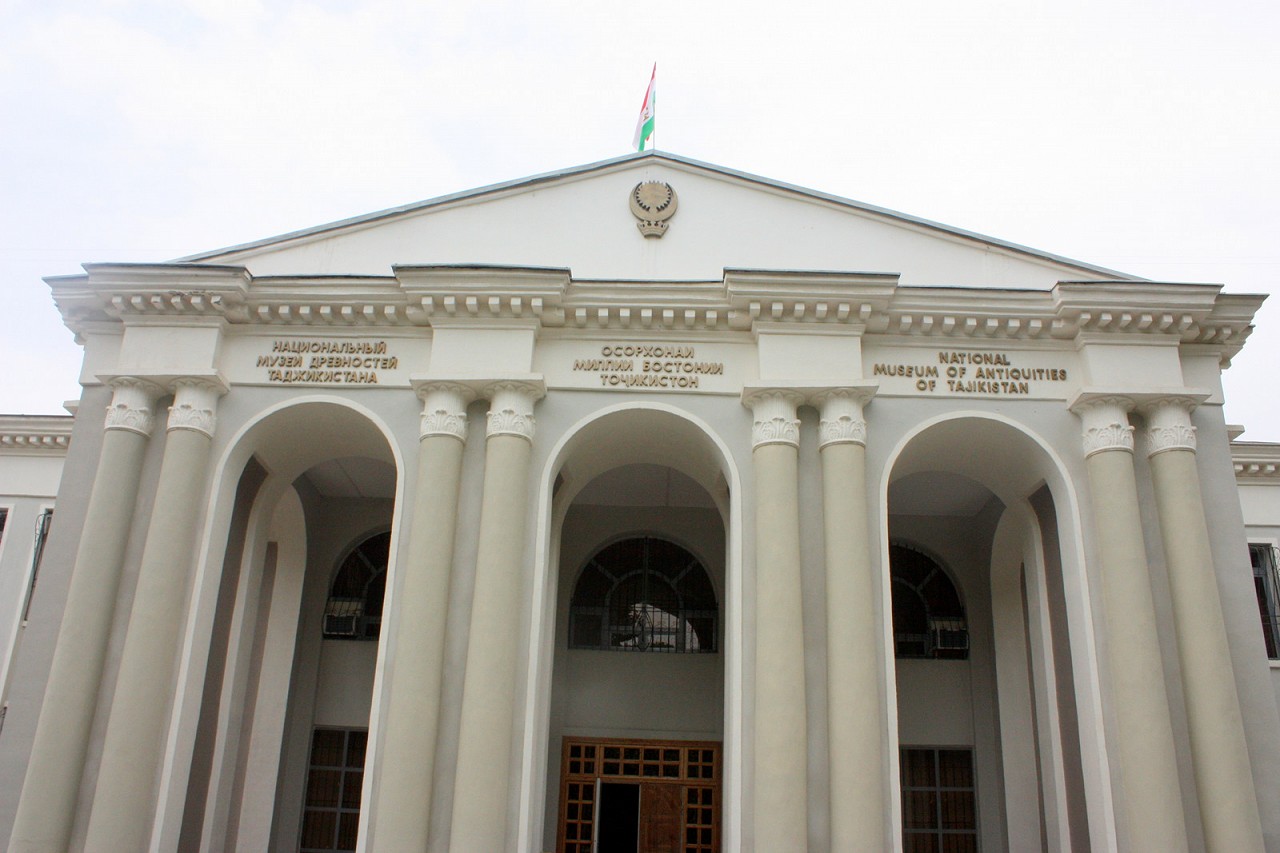


The Rijksmuseum van Oudheden is the national archaeological museum of the Netherlands, located in Leiden. It grew out of the collection of Leiden University and still closely co-operates with its Faculty of Archaeology.
The Dutch National Museum of Antiquities brings archaeology and the ancient world to life. At the museum, everyone can explore the age-old civilisations of Egypt, the Classical World, the ancient Near East, and the Netherlands in prehistoric, Roman, and medieval times. In 2018 the museum celebrated its 200th anniversary.
Collection
The Dutch National Museum of Antiquities has some 180,000 objects in its collection, divided into four areas:
Temporary exhibitions
You can see the highlights of the museum collections all year round in our permanent departments. We also organise temporary exhibitions that are related to our permanent collection. These usually involve a combination of objects from our collection and loans from elsewhere: from sources ranging from specialised Dutch museums and collections to world-renowned international institutions.
Egyptian collection
The National Museum of Antiquities has one of the world’s top ten Egyptian collections. The absolute highlight of this collection is an entire 2,000-year-old Egyptian temple from the village of Taffeh. This temple was a gift from Egypt to the Dutch people, in gratitude for the Netherlands’ role in a UNESCO rescue operation in the 1960s. In the entrance hall you can view this impressive monument from all sides.
History of the museum
The Dutch National Museum of Antiquities was founded in 1818, originally as Leiden University’s ‘archaeological cabinet’. Its first director was Caspar Reuvens, a pioneer in the field of archaeology. In the nineteenth century, many objects from classical antiquity and ancient Egypt were added to the collection. Up to the Second World War, the museum was the only official Dutch institution to conduct archaeological excavations. On 1 July 1995, the museum became an independent non-profit organisation that manages the archaeological part of the Dutch national collection. Its mission is to make these objects widely accessible to the general public.
In the museum
Wi-Fi in the museum
Free Wi-Fi is available inside the museum.
Taking photographs in the museum
Visitors are allowed to take photographs in the museum. NB no use of flash photography or tripods.
Wheelchair users and the visually impaired

